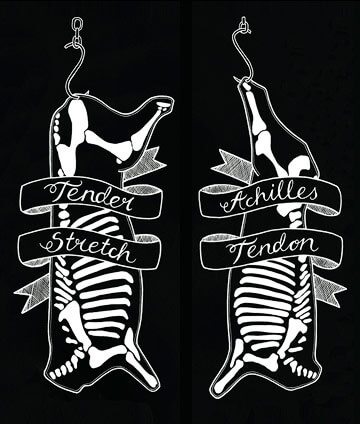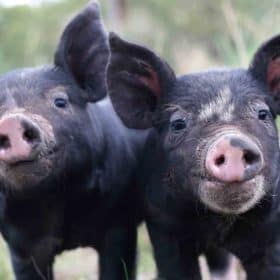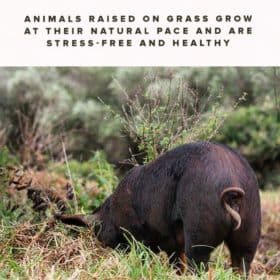The tenderness of your meat can be attributed to the way the meat is hung rather than than the cut you choose. Natural factors, like age and breed, play a small part, the butcher does the rest. Let me tell you why.
Just Hanging Out
The process of meat stretching or hanging takes place after the animal is harvested and skinned, followed by the removal of its internal organs, head and feet. It is hung in cold storage for around 24 hours until it is the right temperature to be broken down into the basic cuts. While the lower temperature helps preserve muscle mass and prevent bacterial growth, it also has a disadvantage. As soon as the temperature goes below 12⁰C, the meat fibres contract until they reach a stage called “cold shortening”. If the cold shortening occurs before the carcass approaches the point of rigor mortis – or the stiffening of the body – it can turn the meat significantly tougher.
This is where the role of hanging the carcass comes into play. Hanging allows the muscles to stretch and puts a curb on cold shortening. Industrially speaking, there are two methods of meat hanging used, which are:
- The Achilles method – The hanging hook is positioned through the rear heels. Gravity causes tension in these muscles as the carcass goes through rigor mortis which can result in tougher meat than tender-stretch method.
- Tender stretch method – The hanging hook is positioned under the ligament that runs down the back of the carcass, or under the hip-bone of the pelvis. In this position, the legs are suspended at a 90° angle, which limits the contraction of muscles during rigor mortis. This method especially benefits the hindquarter cuts.

Why do we choose the tender stretch method?
- Ageing – Tender stretched carcasses age at a much faster rate, producing a level of tenderness much quicker than Achilles-suspended animal bodies. Meat yielded from the Achilles tendon method, however, does become equally tender when given the time to age sufficiently.
- No electrical stimulation – When being readied for commercial consumption, Achilles-suspended carcasses typically need to be electrically stimulated in order to achieve the ideal pH levels and temperature. Tender stretching, on the other hand, helps avoid the use of electrical simulation altogether as it attains tenderisation solely on the basis of positioning.
- Spreads meat out evenly – Due to its right-angled posture, tender stretched leg portions can experience significant changes from their natural form. This results in the meat surrounding the bone in equal proportions. This is particularly appreciated by professional chefs and food connoisseurs.
- Overall improved tenderness
Next time you visit your butcher, think about asking them if they know how the cut you are buying was hung. I’d be interested in finding out if they know.






Leave a Reply